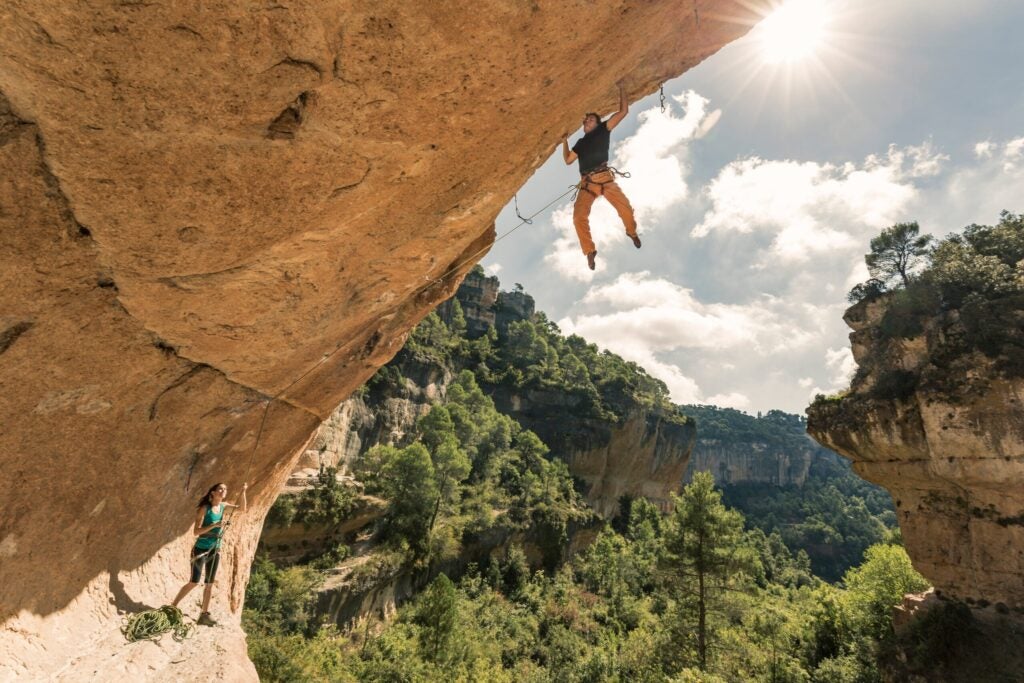The term “belaytionships” is an essential concept for climbers, referring to the unique bond formed between climbing partners during their pursuits. This relationship is often seen merely as an obligation or a transitional phase between ascents. However, a deeper understanding suggests that belaying is far more than a mundane task; it is a sacred duty that enriches the climbing experience. By supporting each other through both triumphs and challenges, partners elevate the climbing journey from individual accomplishment to a collaborative adventure.
To cultivate a successful belaytionship, it is crucial to prioritize mutual respect and understanding. Both climbers should aim to learn about each other’s needs and preferences while climbing. This dynamic creates a safe space where the climber can push their limits without the added anxiety of feeling unsupported. Recognizing the emotional weight of climbing often helps in navigating the vulnerability associated with it. A strong belaytionship can transform the chaotic experiences in high-pressure situations into manageable ones, ultimately fostering a healthier climbing environment.
Building this kind of partnership takes time and effort. Just like in any relationship, it requires navigating struggles and differences to arrive at a state of mutual support and understanding. Insights from experienced climbing duos can guide newer pairs through common challenges. By learning from more seasoned climbers, individuals can develop a partnership that thrives for as long as they enjoy climbing.
Prioritize Emotional Connections
Although focusing on climbing goals is important, it is equally vital to remember that relationships come first. Climber Andy Salo summarizes this notion well: “At the end of the day, you’re going home with your partner—not your project.” The emotional undercurrents that arise from a climbing project should never overshadow the relationship itself. Those moments of frustration can impact your partner deeply, so maintaining a positive connection is essential for long-term success.
Embrace the Challenges Together
Climbing can be an emotionally charged experience, and it is common for climbers to face frustrations. Maggie and Chuck Odette, veteran climbing partners, advocate for creating a “force-field” around feelings during high-stress moments. This approach allows climbers to focus on their performance without disregarding each other’s emotional states. Choosing when to discuss grievances is vital; sometimes, it may be wiser to keep minor frustrations to yourself to preserve a harmonious atmosphere.
Trust Your Partner’s Decisions
Trust is the cornerstone of effective belaytionships. Climbers must have faith in each other’s judgment, especially during high-risk situations. Salo emphasizes that, as a belayer, it’s crucial to respect and support your partner’s instincts. Open discussions about project expectations can alleviate concerns before even starting the climb. The successful execution of this backing not only ensures a safer climb but also reinforces a trusting relationship.
Communicate and Plan Ahead
Communication is key when planning climbing days. Each climber may have different agendas, so discussing plans before hitting the crag is essential. The Odette couple learned to outline their next climbing day the night before to avoid misunderstandings. Coordinating climbing routes that satisfy both partners can lead to a more enjoyable experience and prevent burnout. This proactive approach fosters a partnership that thrives rather than falters under the weight of individual expectations.
Nurture Your Relationship Beyond Climbing
The health of a belaytionship often reflects the overall quality of the partnership. Climbing exposes any existing shortcomings, making it vital to nurture your bond beyond the rocks. Whether you climb with a partner or a friend, addressing conflicts in your climbing life may require delving into what’s happening outside of it. Resolving outside disputes before climbing sessions is essential to avoid heightened tensions that can derail the experience. Ultimately, a strong relationship on all levels will solidify a successful belaytionship.
In conclusion, investing in a belaytionship can significantly enhance the climbing experience. By prioritizing emotional connections, embracing challenges, building trust, and communicating effectively, climbers can create a supportive environment where both can flourish. Successful climbing partnerships are enriching and have the potential to endure for as long as the passion for the sport allows. By nurturing both the climbing and emotional aspects of partnerships, climbers can achieve a more fulfilling and harmonious experience.
